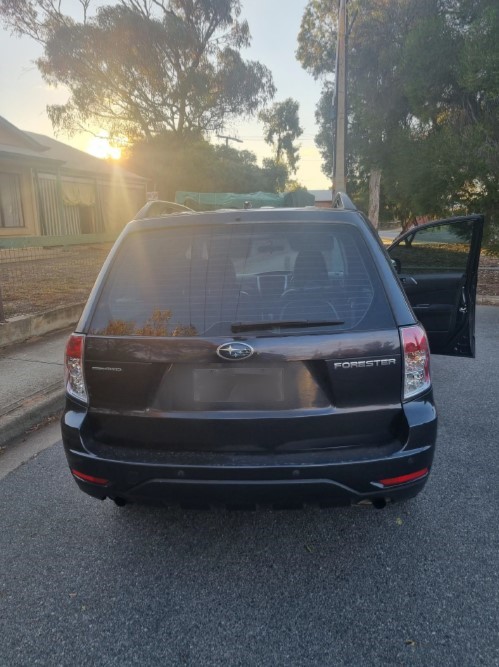Monash University’s Peninsula campus is now ‘heart safe’. Following a review of accessibility of Automatic Emergency Defriblliators (AED) across the Peninsula campus by Defibsplus Ltd, there is now no more than a two-to-three minute journey to reach an AED from any location. The Peninsula campus now has five 24/7 AEDs available, and another four located within buildings. AEDs are a vital piece of equipment that can be used when someone is experiencing sudden cardiac arrest. They are easy-to-use, will automatically analyse the heart rhythm, and if required deliver an electric shock (or defibrillation) to help the heart re-establish an effective rhythm. All the machines can be accessed by anyone on the Peninsula campus, and the 24/7 ones are available to the local community. An AED can be used without training; all you have to do is turn it on and follow the recorded instructions. Monash lecturer from the Department of Paramedicine and PHD Candidate, Brian Haskins said: “We can improve the survival rates of a person suffering a cardiac arrest if a public-access AED is used in the first few minutes after a person collapses. The chances of that person’s heart starting again are much better.” Brian has more than 25 years experience as a paramedic and all the successful resuscitations he has been involved in have had immediate bystander CPR. Brian is also the lead author of a research article on cardiac arrests occurring in Victorian schools and universities. “Sudden cardiac arrests can happen to anyone. Training bystanders to provide CPR and use an AED will enable more survivors to return to their families and continue on with their lives,” he said. “The public-access AEDs are designed to tell you exactly what to do, so all you have to do is turn them on and follow the instructions. Once you turn it on, the AED will tell you to place the pads on the person’s bare chest, copying the pictures on the pads. The AED will then tell you not to touch the person. This is so it can analyse the heart rhythm. “AEDs are designed to only shock certain heart rhythms, so don’t worry, it won’t shock someone who isn’t in cardiac arrest. Once the shock has been delivered, the AED will remind you to start CPR again, and after two minutes it will start the analysis sequence again. “It may take a number of rounds of CPR and defibrillation to restart the heart, but don’t give up – people have been revived after receiving multiple shocks and prolonged periods of CPR.” Monash University also supports the online HeartSmart program which was developed by the Department of Paramedicine in partnership with Defibplus Ltd. This year the Department of Physiotherapy is using the online ‘HeartSmart Program’ to ensure all their students have the required knowledge and confidence to help someone having a sudden cardiac arrest.
With restrictions now easing, Brain and the students from the Department of Paramedicine look forward to heading back into Mornington Peninsula schools and community sport clubs to teach hands-only CPR and how to use an AED. “Teaching children ‘life-saving skills for life’ helps increase survival rates from out-of-hospital cardiac arrest and directly supports the ‘Aussie KIDS SAVE LIVES‘ position statement from the Australian Resuscitation Council,” he said.






